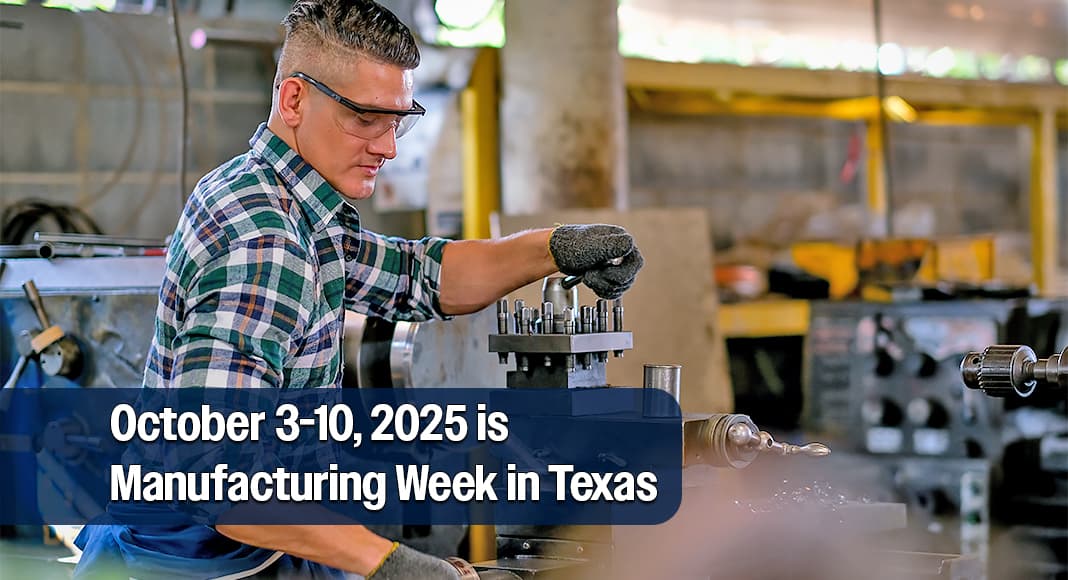Texas Aims to Emulate Shenzhen's Manufacturing and Innovation Prowess

Economist Noah Smith recently ignited discussion on social media by stating, "Texas must be our Shenzhen," suggesting the Lone Star State should strive to become a leading hub for manufacturing and innovation, akin to the Chinese technology powerhouse. The tweet, posted on October 27, 2025, highlights a growing aspiration for domestic industrial revitalization and technological leadership within the United States. Smith's comment underscores the strategic importance of developing robust, integrated manufacturing ecosystems.
Shenzhen, once a fishing village, transformed into a global megacity and a paramount hub for technology and manufacturing innovation. Its success is attributed to its status as a Special Economic Zone, fostering a unique ecosystem characterized by rapid prototyping, dense supply chains, significant talent migration, and proactive government policies. The city hosts 25,000 high-tech companies, filed 16,300 international patents in 2024, and leads globally in areas like drone manufacturing, demonstrating an unparalleled concentration of high-tech firms and innovation output.
Texas has been actively pursuing advanced manufacturing growth, positioning itself as a national leader in several key sectors. The state boasts the nation's largest manufacturing workforce and is a top exporter for 23 consecutive years. Initiatives like the Texas CHIPS Act (2023) aim to bolster the semiconductor industry, while significant investments, including a $10 billion commitment announced in December 2024, target technology and manufacturing sectors. These efforts are supported by competitive incentives, a business-friendly climate, and a focus on workforce development.
The state's economic development strategies, such as the "Bigger. Better. Texas." plan for 2025-2029, identify new target industry clusters and aim to enhance global competitiveness. Recent projects, including Vinton Steel's $229 million expansion in El Paso and the establishment of advanced manufacturing training facilities, demonstrate tangible steps towards this goal. Ross Perot Jr., chairman of the U.S. Chamber of Commerce, also emphasized Texas's potential in AI and domestic manufacturing, noting the state's significant advantages in power and infrastructure.
While Texas exhibits strong foundations and strategic intent, fully emulating Shenzhen's integrated, high-speed innovation ecosystem presents a complex challenge. Shenzhen's model benefits from unique historical and governmental factors, including a distinct approach to intellectual property and a massive, flexible labor pool. Texas's journey will likely involve continued investment in R&D, talent attraction, and the strategic alignment of industry, academia, and government to foster a comparable environment for rapid technological advancement and production.